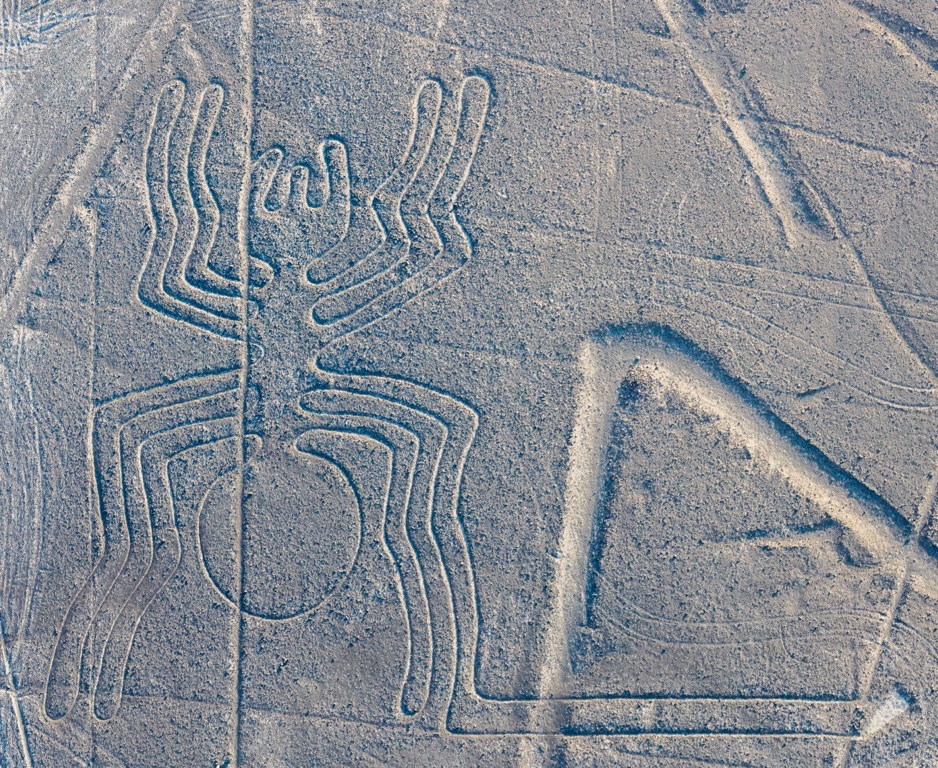Peru’s Nazca Lines are an ancient marvel etched onto the landscape, inviting myriad theories about their origins. These vast geoglyphs, visible only from the sky, depict creatures, plants, and geometric figures. They have puzzled historians and archeologists for decades. Created over 2,000 years ago, the etchings span over 500 square kilometers, leaving a timeless mark upon the Earth. Modern technology, like satellite imagery, reveals their intricate details. The theories surrounding the Lines vary from astronomical calendars to alien markings. The Nazca Lines are a testament to the ingenuity of ancient cultures and continue to be a focal point of research and admiration.
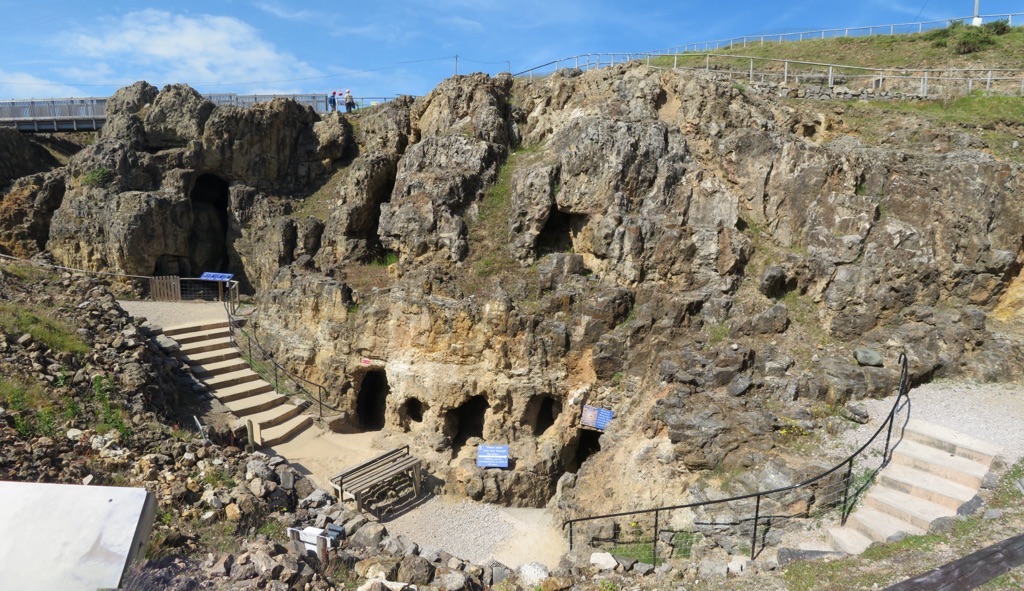
Great Orme Mines
Great Orme Mines stand as one of the most extraordinary prehistoric copper mines in the world. Nestled in the hillside of Great Orme, Llandudno, in North Wales, this site dates back over 4,000 years to the Bronze Age. The discovery of these mines was a landmark in understanding the advanced engineering skills of our ancestors. Visitors are invited to explore twisting tunnels and large, colorful chambers. These mines shed light on the vibrant past of humankind’s early endeavors in mining and metalwork.
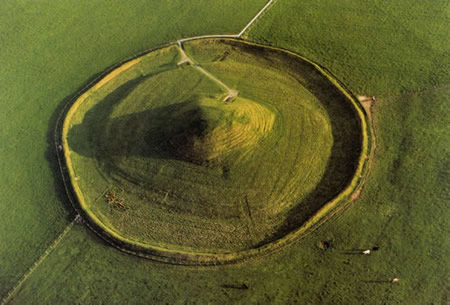
Maeshowe Chambered Cairn
Maeshowe Chambered Cairn stands as one of the most remarkable Neolithic monuments in Europe. It lies in the heartland of Neolithic Orkney, a UNESCO World Heritage site known for its well-preserved ancient sites. The structure boasts a sophisticated example of prehistoric architecture. Visitors often marvel at the large stones forming its entrance passageway, leading to a central chamber. Here, they find standing stones that have withstood the test of time.
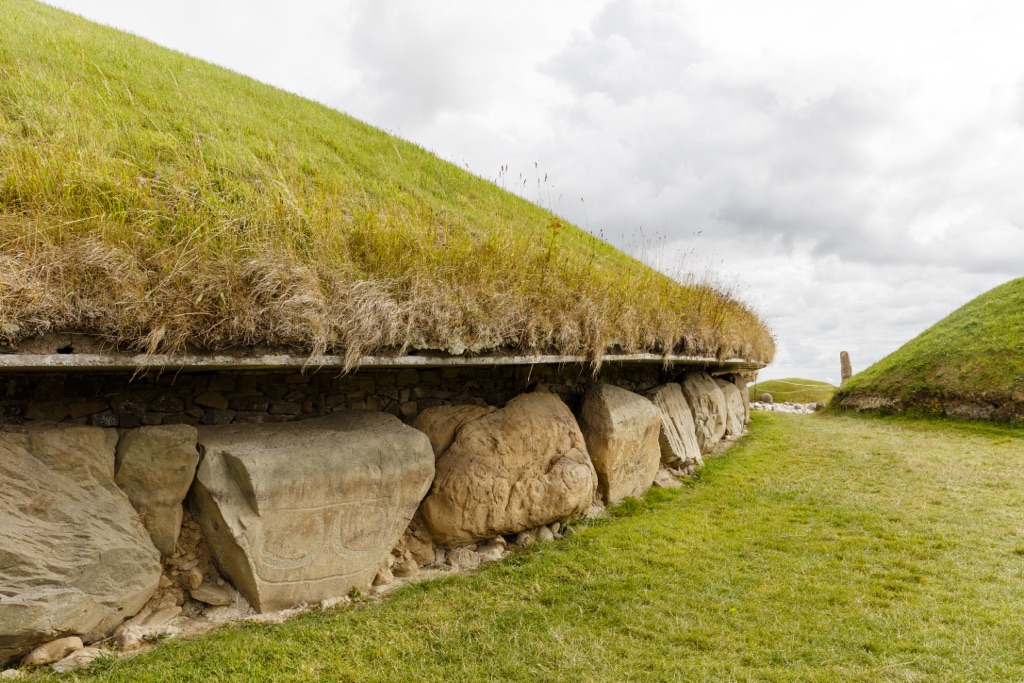
Knowth Passage Tomb
Nestled in the lush Boyne Valley, Knowth Passage Tomb stands as a testament to ancient engineering. This Neolithic marvel is older than Stonehenge, dating back to around 3200 BC. Intricate carvings mark its large kerbstones, hinting at a complex spiritual significance. Knowth is not just a single tomb, but a cluster of tombs. It’s part of the Brú na Bóinne complex, a UNESCO World Heritage site. Its main tomb consists of a long passage leading to a central chamber. This site captivates visitors with its historic grandeur and mysterious past.
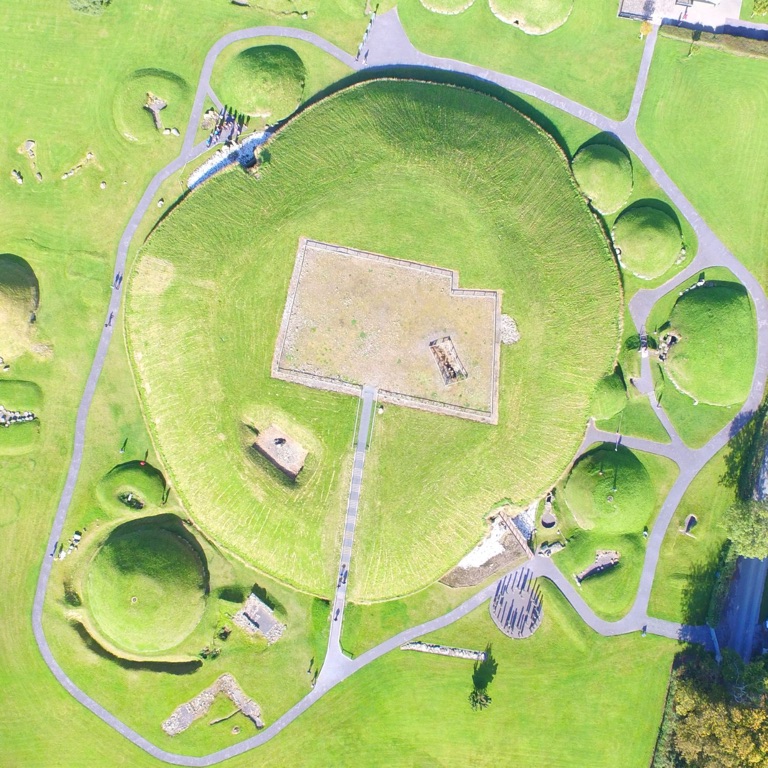
Dowth Passage Tomb
The Dowth Passage Tomb is a historic jewel nestled in the Boyne Valley, Ireland. It stands as one of the trio of renowned Neolithic monuments, alongside Newgrange and Knowth. This ancient site, believed to be around 5,000 years old, is lesser-known but holds its own unique charm and mystery. The passage tomb signifies an extraordinary union of human endeavor and celestial alignment. Its creators carefully designed it to capture the winter solstice sunset, illuminating the inner chamber with a warm glow. Dowth not only serves as a burial site but also as a testament to the advanced understanding of astronomy and engineering possessed by the ancient societies of Ireland.
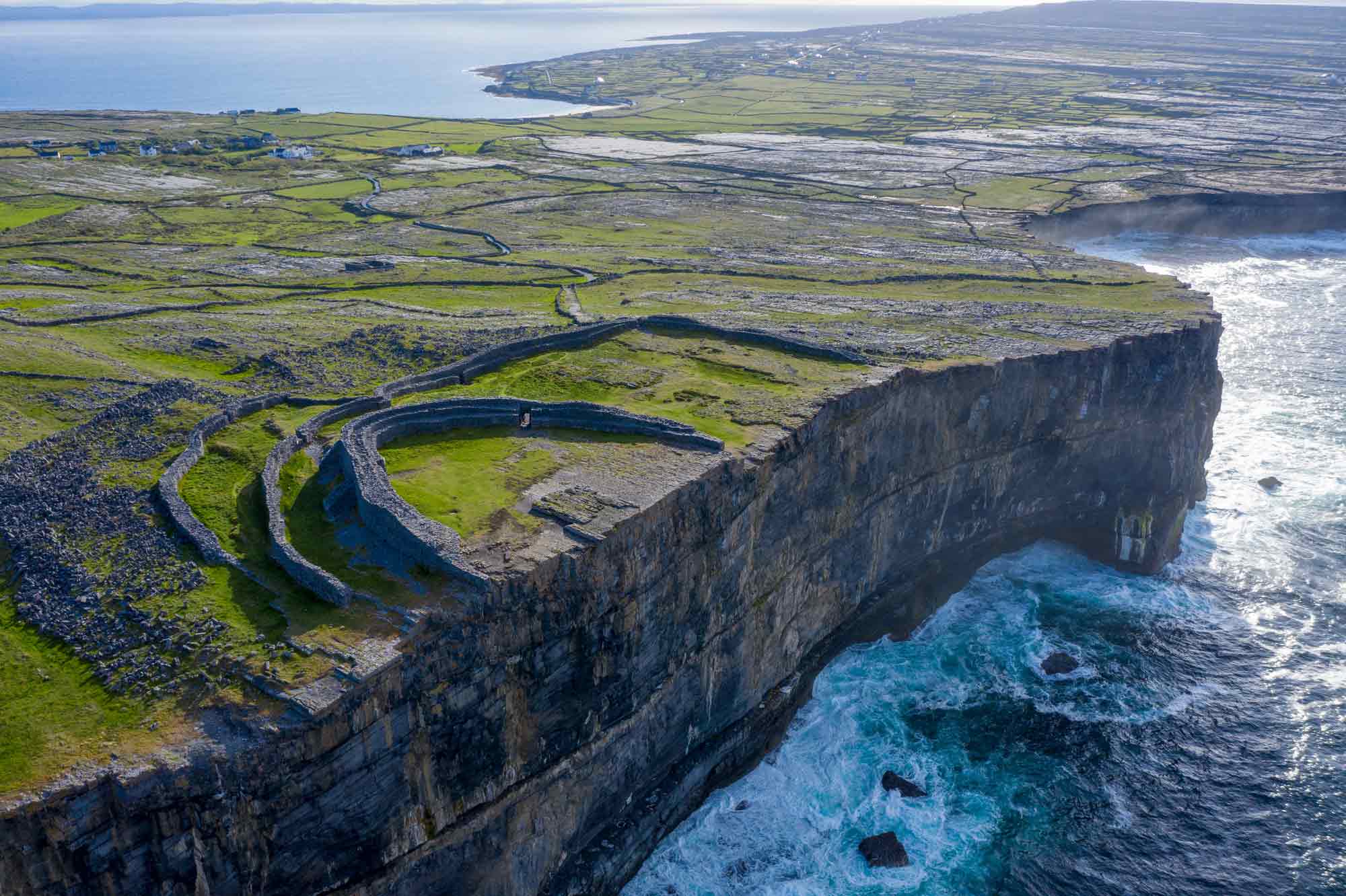
Dun Aonghasa
Perched on the edge of a dramatic cliff on Inis Mór, Dun Aonghasa offers a window into ancient Ireland. This prehistoric hill fort dates back to the Bronze Age. It draws visitors into a time when tribal leaders fortified their domains with imposing stone walls. The site’s semi-circular structure overlooks the Atlantic, offering both defensive strength and breathtaking views. Archaeologists believe Dun Aonghasa served both as a fortress and a ceremonial gathering place. Today, it stands as a testament to the resilience and ingenuity of early Irish society.

